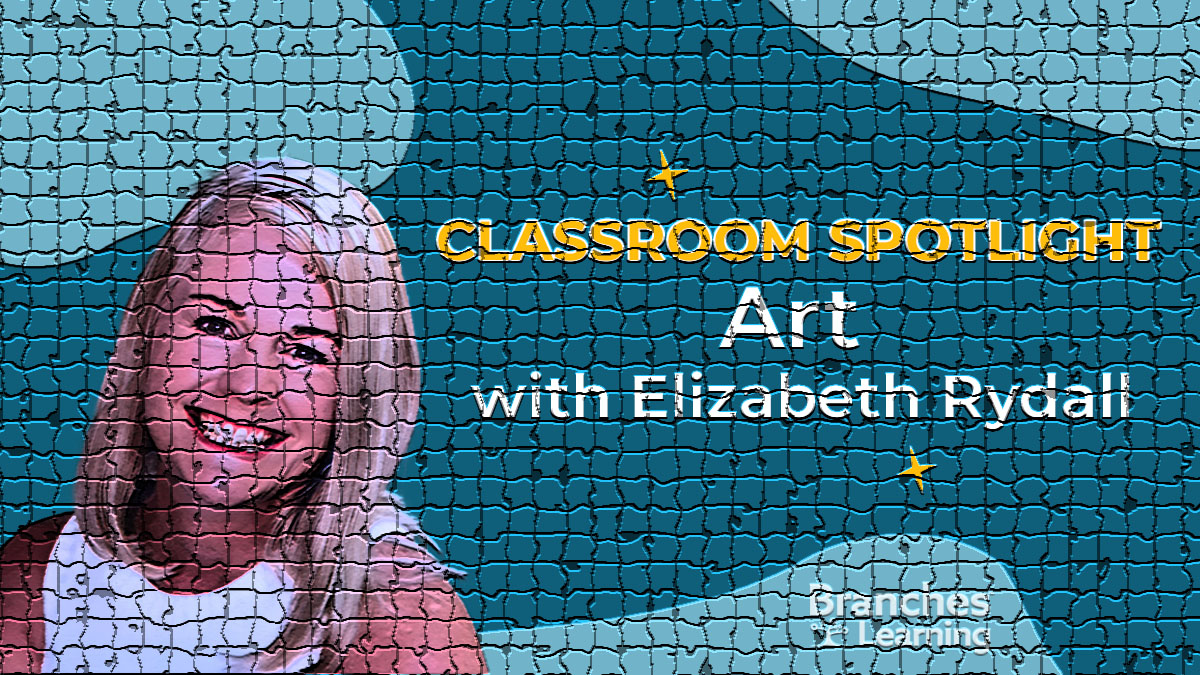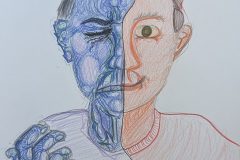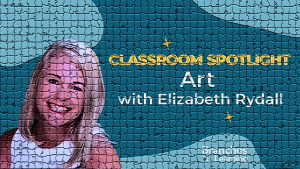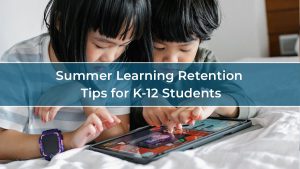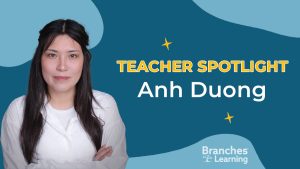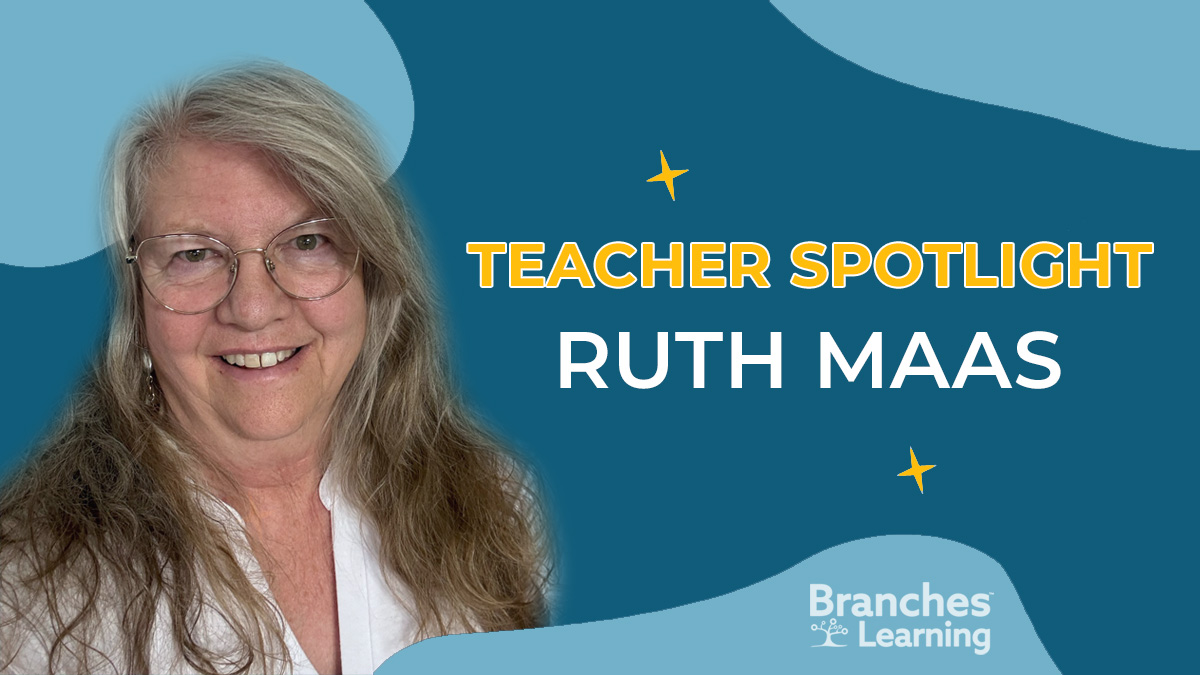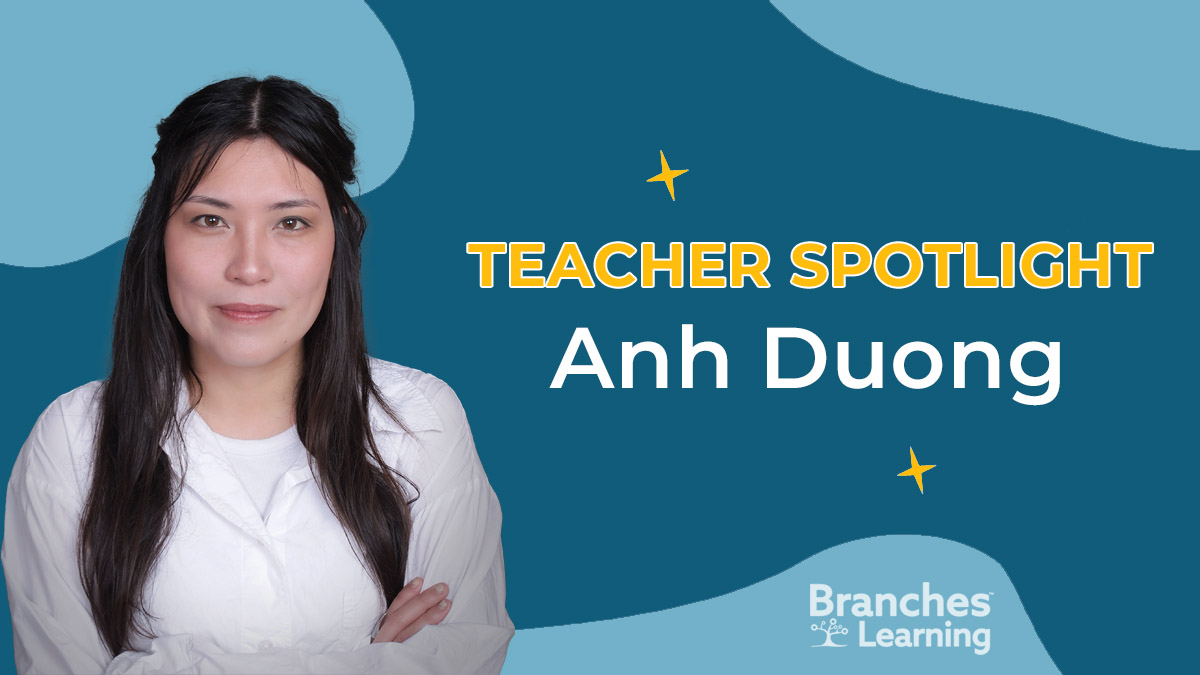At Branches Learning, art comes to life on the screen, thanks to the creativity and passion of teacher Elizabeth Rydall. From kindergarten to twelfth grade, students in her virtual art classes explore various artistic styles, techniques, and materials while mastering transferable skills. Branches Learning’s online art gallery is a glimpse into the fantastic work students have been doing all year: https://brancheslearning.org/art-gallery/
What grades do you teach for art?
Over the years, I have taught children from ages three to adults in their nineties. With Branches Learning, I teach kindergarten through twelfth grade. The classes all have art projects that reinforce the history taught for those grades.
What type of art do your students explore in your classroom?
Drawing, watercolor painting, reverse painting, colored pencil technique, junk art, collage, origami, cartoon drawing, floorplan design, neurographic art, isometric and graph art, working with clay, water and alcohol marker techniques, Huichol yarn art, and kachina dolls. Of course, we study many old and modern masters with a sprinkle of the ancient arts.
How do you adapt to teaching art in an online setting?
At first, I was skeptical, but now my paradigm has completely changed! Using two cameras so I can demonstrate and the learners can see the demo up close is amazing! Also, the learners are not distracted by looking at the other kids’ work. I love teaching art online!
What has been your most successful or memorable art project this school year?
I did a demo on painting fruit and creating complementary color neutrals for the shading for all ages. These turned out so beautifully from ages six to seventeen. I hope many learners put them in our new Branches Learning Art Gallery. Our 3-D paper art project also turned up a myriad of diverse art pieces!
What inspired you to teach art?
I am a lifelong artist, and so was my mother and godfather, who was also a gifted teacher. They both sprinkled knowledge into my everyday life and supported my creative endeavors like painting fish houses with bold designs and decking out the exterior of a demolition car! I also had a fifteen-year career as an actor and even then had a small gallery in Santa Monica to show art. It is truly my path, and I love it when kids walk down the path with me.
What’s one thing you’d want families to know about art?
Even if your child does not seem inherently talented at art, it is an excellent skill and mindset for life. He/she/they will become more observant, imaginative, entrepreneurial, and design-oriented. There is a science to art, and many skills are learned along the way.
How do you foster creativity and connection among your students?
I like to use peer review, group projects, breakout rooms, and collaboration in my classes. I want the kids to feel like they are the wind beneath the other’s wings.
What is your favorite thing about teaching art?
The kids. Full stop. I can do art in a solitary way all the time, but hanging out with young people and seeing their imaginations and genius emerge is a sheer joy.
At Branches Learning, art comes alive in the virtual classroom thanks to Elizabeth Rydall’s creativity, warmth, and experience. With a lifelong passion for the arts and a background in performance and gallery work, she inspires students to take creative risks and express themselves. Visit Branches Art Gallery to explore the impressive work her students have created!

